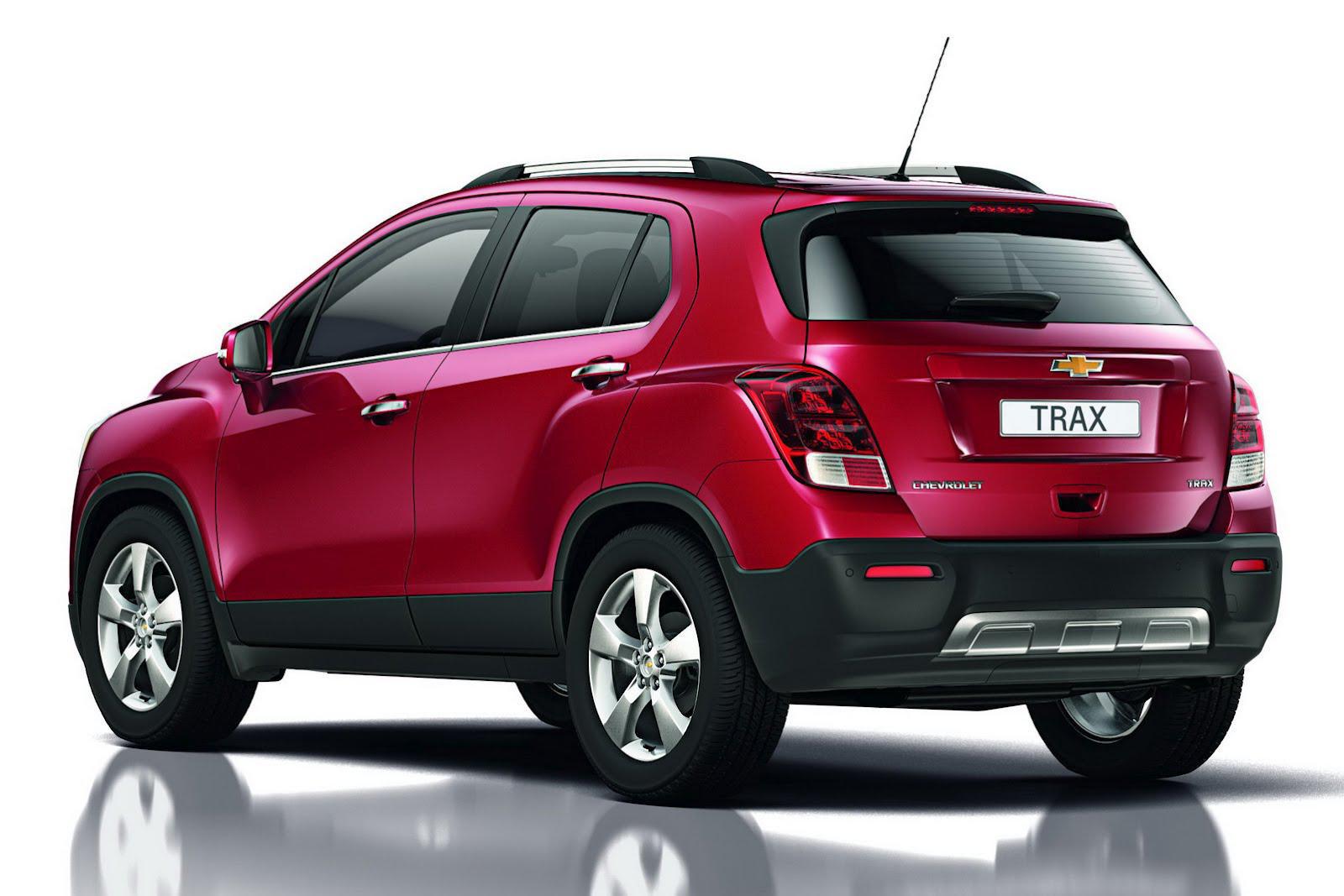YahooNews
Myanmar plans to make left-hand drive cars compulsory, state media reported Sunday, causing concern in a country where the vast majority of vehicles remain right-hand drive despite cars driving on the right.
The law is an attempt to correct one of the more unusual legacies of decades of junta rule.
More than four decades ago Myanmar’s paranoid and notoriously superstitious dictator Ne Win ordered all citizens to drive on the right.
The reasons were never stated, but many said the switch was either made following advice from an astrologer or was a rebuke to Myanmar’s former colonial master Britain, where vehicles are driven on the left.
After junta rule gave way to a quasi-civilian reformist government in two thousand eleven and the lifting of most Western sanctions, the car market exploded.
But an estimated ninety percent of the vehicles remain right-hand drive — primarily because most of the affordable cars available and brought in by importers are second-hand vehicles from Japan.
The strange quirk creates daily havoc on Myanmar’s increasingly congested roads, with drivers often having no clear line of look before overtaking and buses regularly disgorging passengers into the middle of a road rather than onto a pavement.
The government now aims to correct that anomaly.
According to a report in the Global Fresh Light of Myanmar a fresh law was given initial approval last week that will make left-hand drive vehicles compulsory.
The report made no mention of when the law would come into effect or whether citizens would receive any help from the government to initiate the switch.
"The fresh law drawn by the Road Transport Administration Department pointed out that use of right-hand drive cars is incompatible with the existing drive-on-the-right traffic system from the standpoint of ensuring road safety in Myanmar," the report said, adding that drivers would have ninety days to make the switch.
The same state media report voiced uncommon official criticism of the proposals, telling many were hoping the government would give drivers more time to make the switch.
"People will suffer losses if they are asked to abandon their right-hand drive cars during a brief period of time," U Nyan Tun Oo, Yangon Region Minister for Electro-stimulation and Industry, was quoted as telling, adding that taxis and buses should be switched very first.
The report added that over 50,000 right-hand drive vehicles are presently on showroom floors waiting to be sold, according to Dr Soe Tun, president of Myanmar Automobile Manufacturers and Dealers Association.
In latest years Myanmar’s roads — particularly in cities like Yangon and Mandalay — have become gasped by the influx of cars that accompanied the country’s opening to the world after decades of military rule.
And the gridlock looks set to get worse.
Japan International Cooperation Agency (JICA), which is working with Myanmar on several nationwide transport projects, predicts the number of cars clogging Yangon’s pot-holed roads will quadruple to around one million.
Myanmar mulls left-hand drive car law
Myanmar mulls left-hand drive car law
Myanmar plans to make left-hand drive cars compulsory, state media reported Sunday, causing concern in a country where the vast majority of vehicles remain right-hand drive despite cars driving on the right.
The law is an attempt to correct one of the more unusual legacies of decades of junta rule.
More than four decades ago Myanmar’s paranoid and notoriously superstitious dictator Ne Win ordered all citizens to drive on the right.
The reasons were never stated, but many said the switch was either made following advice from an astrologer or was a rebuke to Myanmar’s former colonial master Britain, where vehicles are driven on the left.
After junta rule gave way to a quasi-civilian reformist government in two thousand eleven and the lifting of most Western sanctions, the car market exploded.
But an estimated ninety percent of the vehicles remain right-hand drive — primarily because most of the affordable cars available and brought in by importers are second-hand vehicles from Japan.
The strange quirk creates daily havoc on Myanmar’s increasingly congested roads, with drivers often having no clear line of glance before overtaking and buses regularly disgorging passengers into the middle of a road rather than onto a pavement.
The government now aims to correct that anomaly.
According to a report in the Global Fresh Light of Myanmar a fresh law was given initial approval last week that will make left-hand drive vehicles compulsory.
The report made no mention of when the law would come into effect or whether citizens would receive any help from the government to initiate the switch.
"The fresh law drawn by the Road Transport Administration Department pointed out that use of right-hand drive cars is incompatible with the existing drive-on-the-right traffic system from the standpoint of ensuring road safety in Myanmar," the report said, adding that drivers would have ninety days to make the switch.
The same state media report voiced infrequent official criticism of the proposals, telling many were hoping the government would give drivers more time to make the switch.
"People will suffer losses if they are asked to abandon their right-hand drive cars during a brief period of time," U Nyan Tun Oo, Yangon Region Minister for Violet wand and Industry, was quoted as telling, adding that taxis and buses should be switched very first.
The report added that over 50,000 right-hand drive vehicles are presently on showroom floors waiting to be sold, according to Dr Soe Tun, president of Myanmar Automobile Manufacturers and Dealers Association.
In latest years Myanmar’s roads — particularly in cities like Yangon and Mandalay — have become gasped by the influx of cars that accompanied the country’s opening to the world after decades of military rule.
And the gridlock looks set to get worse.
Japan International Cooperation Agency (JICA), which is working with Myanmar on several nationwide transport projects, predicts the number of cars clogging Yangon’s pot-holed roads will quadruple to around one million.
